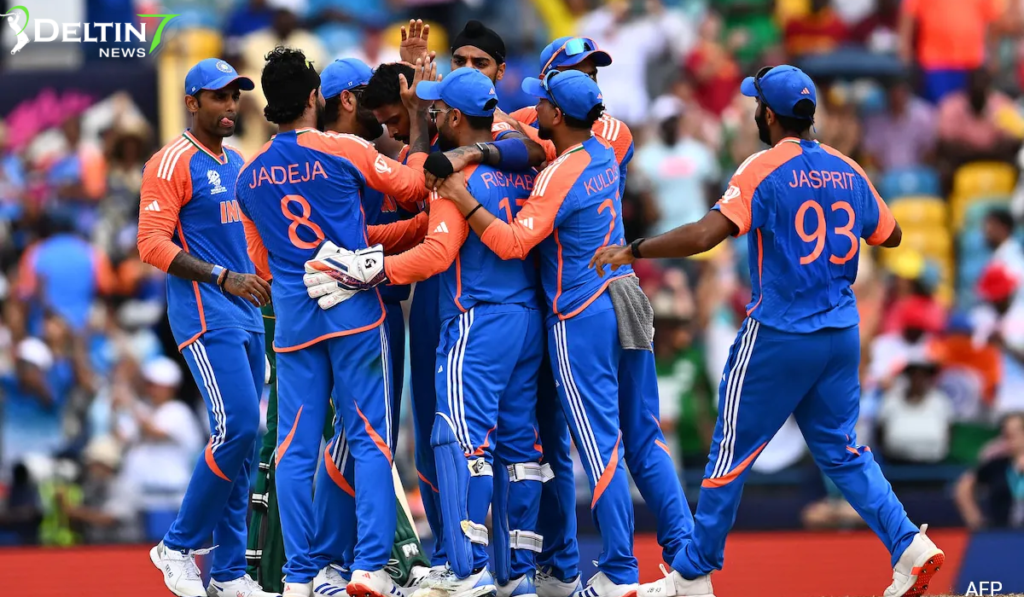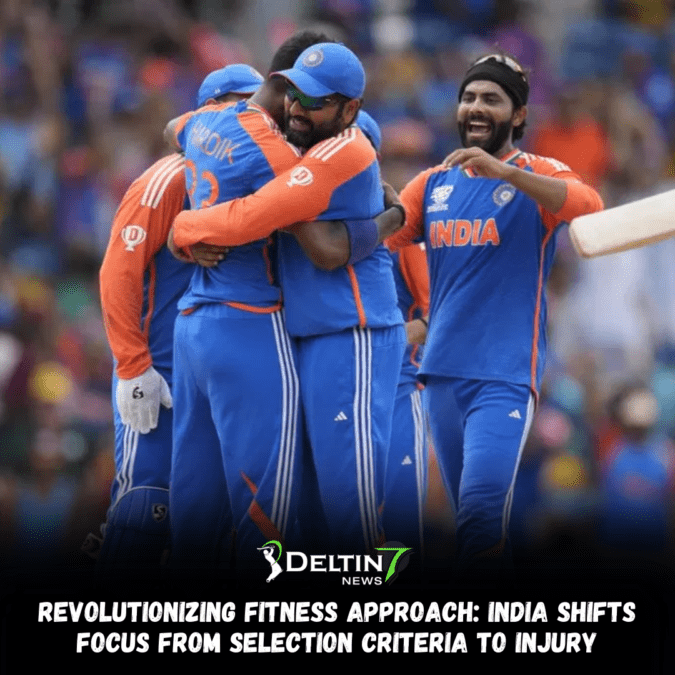
Revolutionizing Fitness Approach: India Shifts Focus from Selection Criteria to Injury
In a significant shift in the Indian cricket ecosystem, the National Cricket Academy (NCA) has reportedly moved away from using fitness tests as a primary “selection criterion” for centrally contracted men’s cricketers over the past two years. Instead, the focus has now transitioned towards “injury preventive tests” – a strategic decision aimed at safeguarding the well-being of the country’s top cricketing talents.
This transition marks a departure from the Ravi Shastri-Virat Kohli era, where fitness tests like the Yo-Yo test held considerable sway in the selection process. The new approach, as per reports, seeks to strike a balance between maintaining optimal fitness levels and mitigating the risks of injuries, which have plagued the Indian team in recent major tournaments.
Shifting Priorities: From Fitness Tests to Injury Prevention
According to the reports, the NCA now works with three distinct “performas” to assess the players’ physical condition – the National Fitness Training Criteria (NFTC), the Performance Testing Battery, and the Prevention Testing Battery. While the NFTC, which includes the Yo-Yo test, is still conducted every 12-16 weeks, these tests are no longer considered as “selection criteria” for the contracted players.
Instead, the focus has shifted towards “injury prevention and performance tests,” as a BCCI source explains, “The idea is that once a player is centrally contracted, he must have reached the desired level of fitness. With the amount of cricket and time they spend on the road, it is unreasonable for contracted players to undergo NFTC tests. So, the focus has shifted to injury prevention and performance tests.”
Injury Prevention Measures: Safeguarding the Players
The new injury prevention tests involve a series of simple exercises, such as squats, walking lunges, and medicine ball throws, which are designed to analyze a player’s posture and identify potential risk factors for injuries. By implementing these targeted assessments, the team’s support staff, led by Strength and Conditioning Coach Soham Desai, Physiotherapists Yogesh Parmar, Thulasi, and Kamlesh Jain, aim to proactively address and mitigate injury concerns.
This strategic shift in approach has already yielded positive results, as evident from the Indian team’s performance in the recently concluded 2024 T20 World Cup. The report suggests that the new testing methods played a pivotal role in ensuring that there were no major injury issues during the tournament, a stark contrast to the team’s struggles with injuries in the last two ICC events.
Workload Management: A Collaborative Effort
The report also sheds light on the collaborative efforts between the team’s leadership and the support staff in managing the players’ workloads. In February 2022, Captain Rohit Sharma and Head Coach Rahul Dravid sat down with the Strength and Conditioning Coach and the Physiotherapists to devise a comprehensive plan for the team’s schedule.
According to the report, Rohit and Dravid “had marked the India’s schedule” and “given them a pool of players.” The support staff was then tasked with ensuring that the selected players were “available and in the best shape” for the upcoming major tournaments, including the 2022 T20 World Cup, the 2023 ODI World Cup, and the recently concluded 2024 T20 World Cup.
Navigating the Transition Phase
As Rohit Sharma has now retired from T20Is and Rahul Dravid has concluded his coaching career, the report raises an intriguing question: how will these processes and strategies be carried forward in the transition phase for the Indian cricket team?
The shift from fitness tests as a selection criterion to a greater emphasis on injury prevention and performance monitoring highlights the evolving priorities in the Indian cricket ecosystem. By prioritizing the well-being and long-term sustainability of its top players, the team management aims to ensure that the national team remains competitive and resilient in the face of the demanding international cricket calendar.
Implications and Future Considerations
The reported changes in the Indian cricket team’s fitness and injury management approach hold significant implications for the sport’s landscape. This shift towards a more holistic and preventive approach could inspire other cricketing nations to re-evaluate their own fitness protocols, fostering a global trend of prioritizing player welfare and long-term performance.
As the Indian team navigates the transition phase, it will be crucial for the new leadership to build upon the foundations laid by Rohit Sharma and Rahul Dravid. Maintaining the delicate balance between fitness, injury prevention, and performance optimization will be key to sustaining the team’s success in the years to come.
Embracing a Comprehensive Approach
The NCA’s decision to move away from fitness tests as a primary selection criterion and instead focus on injury prevention measures represents a strategic shift in the Indian cricket landscape. By prioritizing the long-term well-being of its players, the team management aims to create a sustainable model that can withstand the rigors of the international cricket calendar.
This comprehensive approach, which encompasses workload management, targeted injury assessments, and performance monitoring, has already yielded positive results for the Indian team. As the transition phase unfolds, the challenge will be to ensure that these best practices are seamlessly integrated into the new leadership’s vision, paving the way for continued excellence on the global stage.
Conclusion
The evolution of the Indian cricket team’s fitness and injury management strategies is a testament to the sport’s constant pursuit of innovation and player welfare. By shifting the focus from rigid fitness tests to a more holistic and preventive approach, the NCA has demonstrated its commitment to safeguarding the long-term well-being of its contracted players.
As the Indian cricket ecosystem navigates the transition phase, the successful implementation of these new protocols will be crucial in maintaining the team’s competitive edge and ensuring the sustained success of the national team. The ripple effects of this shift may extend beyond India, inspiring other cricketing nations to reevaluate their own fitness and injury management practices, ultimately elevating the overall standards of the sport.











